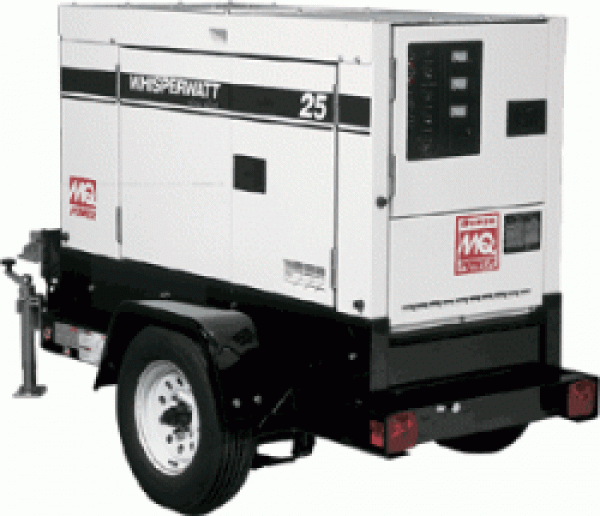Diesel generators are ideal for standby-power purposes and use in emergency electrical outages. Generators come in all sorts of sizes with varying power generation ceilings. Knowing the sum of the power requirements of all of your equipment is important prior to selecting a generator for use.
Shopping for an electrical supply that generates power in excess of your needs might be an obvious first step. You should be aware of the ideal power floor of the diesel generator, as well. This ideal lower limit is defined using the power factor and is useful in determining which diesel power generator is best suited for your purposes.
What is the Power Factor for Diesel Generators?
Diesel generators will have been designed to deliver a certain power maximum, described in units of volt-amperes (VA). This is referred to as the “real power” and is usually used in thousands of VA (kVA). The actual amount of power that the equipment load draws from the generator is described in units of watts (W). This is referred to as the “apparent power” and is used in thousands of W (kW).
Placing these in a ratio of kVA / kW gives a useful value known as the power factor. The power factor describes the ideal range of apparent power that the load(s) connected to your generator should be drawing. The industry standard power factor is 0.8 for most generators but can be as high as 1.0. This means that the ideal apparent power drawn from the generator should be between 80% and 100% of the real power able to be supplied by the generator. If you calculate that the apparent load of your equipment should be around 120 kW, then you should shop for a diesel generator that is capable of generating between 120 kVA and 150 kVA.
Why is the Power Factor Useful?
If the apparent power were to be calibrated to equal the real power exactly, this would produce a power factor ratio of 1, referred to as unity. This is an obvious challenge and attempting to place apparent power equal to real power runs the risk of exceeding the real power. Thus, the goal of the operator should be to achieve near unity in order to maximize their diesel power generator investment.
In fact, you want to try and have the apparent power be as close to the real power as possible. If you are operating a diesel generator at a power factor that is considerably less than its rating, are still paying for that unused real power. Thus, ensuring the apparent power you expect the load to draw results in a power factor near unity maximizes the value of your generator rental or purchase.
It is assumed that the value of power drawn from your diesel generator should never exceed the maximum power it can supply. If you happen to connect too many appliances in excess of the real power value, the generator will typically turn off. This is the first problem you should try to avoid when shopping for a diesel generator. Carefully summing the apparent power you expect the lot of your electrical devices to draw from the generator is an important step.

